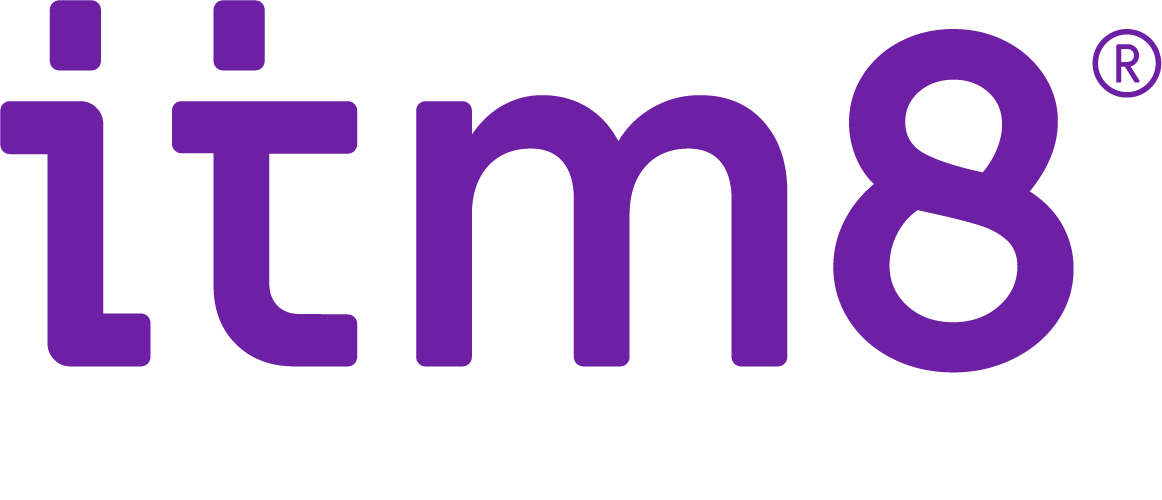Därför kräver en flexibel arbetsplats en ny syn på IT-säkerhet
lästid I minuter: 2
FXA 2019-jan-28 09:44:00
Friheten att jobba utan att vara knuten till kontoret eller kontorstider tilltalar de flesta av oss – en flexibel arbetsplats. Men ett mer mobilt arbete ställer också nya krav på IT-avdelningen. IT ska hantera mobila medarbetare som kopplar upp sig mot företagets servrar från okända nätverk på en uppsjö av mobila enheter. Samtidigt som de kräver att det ska vara enkelt och användarvänligt att arbeta mobilt. Hur påverkar detta företagets IT-säkerhet?
Utan att överdriva kan vi säga att IT-säkerhet bara blir viktigare och viktigare. Skrivmaskinerna, ringpärmarna och stämpelklockorna har ersatts av laptops, molnlagring och obunden arbetstid. Nu jobbar vi när vi vill och där vi vill. Men nya arbetssätt innebär nya typer av hot som behöver hanteras på ett genomtänkt sätt.
På en flexibel arbetsplats används många enheter, säkra som osäkra
Alla vill använda den enhet som passar bäst för stunden. Inne på kontoret är det oftast den dator som företaget tillhandahåller och som IT-avdelningen har kontroll över. På bussen hem eller på ett café kan det vara mer tilltalande att använda en surfplatta eller mobilen. Hemmavid kan det var lockande att arbeta på barnens speldator, det är ju trots allt den mest kraftfulla i hela huset. Ur ett IT-säkerhetsperspektiv leder det till en rad utmaningar som IT-avdelningen behöver adressera. Används mobiler och surfplattor som IT har kontroll över eller är det privata enheter som kanske inte ens har pinkod på skärmlåset? Vilka datorer kan anses vara säkra? En av IT-avdelningens utmaningar är att ha koll på vilka enheter som används och av vem, så att inte fel personer kommer åt företagets system och data. En annan är att sätta upp riktlinjer för vilka enheter som får access till företagets servrar och tjänster. Något så enkelt som en borttappad telefon eller surfplatta kan utgöra en stor säkerhetsrisk.
Konstant uppkopplad utan en tanke på nätverkssäkerhet på en flexibel arbetsplats
Den mobila medarbetaren förväntas, och förväntar sig, vara uppkopplad överallt, så gott som hela tiden. Det upplevda behovet av ständig uppkoppling blir bara större och större. Hur ofta har det inte loggats in på ett öppet nätverk för att sedan ansluta mot företagets molntjänster, utan en tanke på säkerhet? Troligen bara för att snabbt kolla mejlen eller läsa igenom ett dokument före ett kundmöte. Hur skyddat är ett hemmanätverk mot angrepp och intrång och vilka har tillgång till nätverket? Alla osäkra nätverk ökar risken för angrepp och ställer högre krav på nätverksövervakning av IT-avdelningen.
Skugg-IT i säkerhetens gråzon
En av utmaningarna med att jobba mobilt är att medarbetare förväntar sig ha tillgång till data utanför företagets brandväggar. Det kan vara frestande att lägga filer på Dropbox eller iCloud, vilket gör det enkelt att komma åt filen utanför företagets nätverk. Så snart en fil ligger på en offentlig molntjänst uppstår frågor om vem som äger kontot och vem som har tillgång till det. Affärskritisk och känslig data kan hamna på ställen bortom IT-avdelningens kontroll och därifrån spridas vidare. Vidare uppstår frågor kring backup och vad händer om någon slutar? Vem raderar filer eller säkerställer att senaste versionen finns på företagets server?
Säkra login och lösenord kan vara en falsk trygghet
Trots att de flesta online-tjänster och servrar kräver kvalificerade lösenord så garanteras inte säkerheten. Allt för ofta skrivs inloggningsuppgifter ner på papperslappar och i okrypterade dokument som sparas lite varstans. Det finns mängder med plugins och appar som sparar användarnamn och lösenord under ett master-konto utan att IT-avdelningen har kontroll över att tjänsten är säker. Men det absolut vanligaste snedsteget när det kommer till lösenord och säkerhet är att många har samma inlogg och lösenord till flera, om inte alla, applikationer och tjänster. Om en server eller tjänst blir hackad är risken stor att alla andra också är hackade i samma sekund.
Säkerhetsarbetet för alla företag, och då menar vi verkligen ALLA företag, måste vara centralt och kontinuerligt. Inte minst på en flexibel arbetsplats. Det är inte en punktinsats med nya brandväggar, nya virusskyddslicenser och en lösenordspolicy — det är mycket mer än så. Det handlar om hur ni arbetar, var ni arbetar och vilka verktyg ni använder. Processer och rutiner för att hantera hot och intrång måste finnas på plats innan något händer.


